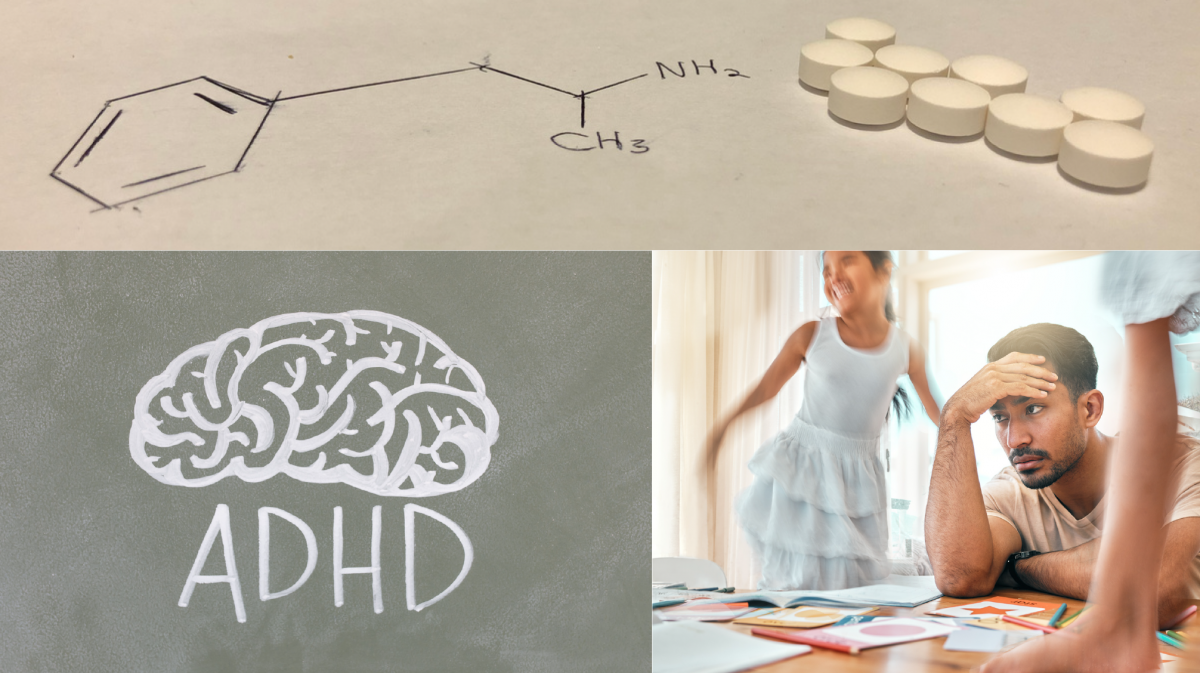- February 1, 2024
- Charles S. Hartig, Pharm. D., J.D.
- Healthy Living

In the complex landscape of healthcare, the persistent challenge of drug shortages continues to affect patients and healthcare providers. This blog explores the specific shortages of three critical medications:Ozempic, Adderall, and Amoxicillin, and highlights the crucial role of pharmacists in managing and mitigating the impact on patient care.
The Ozempic Dilemma:

Ozempic, a groundbreaking medication for managing type 2 diabetes, has faced shortages, leaving patients grappling with the stability of their treatment plans. The scarcity of Ozempic not only disrupts the lives of individuals managing diabetes but also exposes broader issues within the pharmaceutical supply chain. The demand for Ozempic has surged as healthcare providers increasingly opt for more effective treatment options, creating a dynamic force that challenges the existing supply infrastructure. In response to the Ozempic shortage, pharmacists play a vital role in communication and education. Armed with up-to-date information about drug shortages, pharmacists can guide patients, explaining the reasons behind shortages and suggesting alternative medications or therapeutic substitutions. Additionally, pharmacists can collaborate with healthcare providers to adjust dosages, ensuring that patients receive optimal treatment based on the available supply.
The Adderall Conundrum:

Adderall, a widely prescribed medication for attention deficit hyperactivity disorder (ADHD), finds itself in the midst of the ongoing drug shortage crisis. The rise in ADHD diagnoses and awareness has intensified the demand for Adderall, placing additional strain on an already intricate supply chain. This scarcity not only affects individuals managing ADHD but also reverberates in educational institutions and workplaces where Adderall is relied upon to enhance focus and productivity. Unlike other medication, shortages of controlled substances, like Adderall, are additionally complex because drug manufacturers and the US Drug Enforcement Agency set import and production quotas for the drug products. These medications are highly regulated and require additional time, care and attention by the drug supply chain and pharmacists nationwide.
Pharmacists, in response to the Adderall shortage, excel in providing alternative solutions. They can work with healthcare providers to identify suitable alternatives or therapeutic substitutions. This collaborative effort ensures that patients continue to receive effective treatment, even in the face of shortages. Pharmacists also play a key role in advocating for patients by communicating with healthcare providers, insurance companies, and pharmaceutical manufacturers to raise awareness about the impact of shortages and explore potential solutions.
The Amoxicillin Predicament:

Amoxicillin, a fundamental antibiotic in treating bacterial infections, faces shortages that raise concerns about public health. The versatile nature of amoxicillin and its role in combating infectious diseases make its scarcity a significant challenge. Factors such as increased global travel and a greater focus on public health emergencies have contributed to the surge in demand for antibiotics like amoxicillin. Pharmacists, when addressing the amoxicillin shortage, become instrumental in therapeutic interchange. They may substitute a drug in the same therapeutic class with a similar one that is available, ensuring that patients continue to receive effective treatment. Pharmacists also provide essential support by counseling patients on the new medications, explaining potential side effects, and addressing any concerns or questions.
Pharmacists as Pillars of Support:
In the face of these challenges, pharmacists emerge as pillars of support for patients and healthcare providers. Their role goes beyond dispensing medications; they serve as communicators, educators, advocates, and monitors of patient well-being. By working closely with healthcare providers and patients, pharmacists contribute to collaborative solutions, ensuring that individuals receive the necessary medications despite the limitations in availability. Pharmacists regularly buy more of these medications in order to have them available, sometimes to their detriment. In conclusion, the dynamic interplay between supply and demand factors creates a complex landscape of drug shortages. Pharmacists, with their expertise and dedication to patient care, stand at the forefront of navigating these challenges. Through collaboration, communication, and proactive measures, pharmacists help patients and healthcare providers adapt to changes, ensuring continuity in treatment and overall well-being. As we continue to face the waves of drug shortages, recognizing the pivotal role of pharmacists is essential in building resilient healthcare systems.







